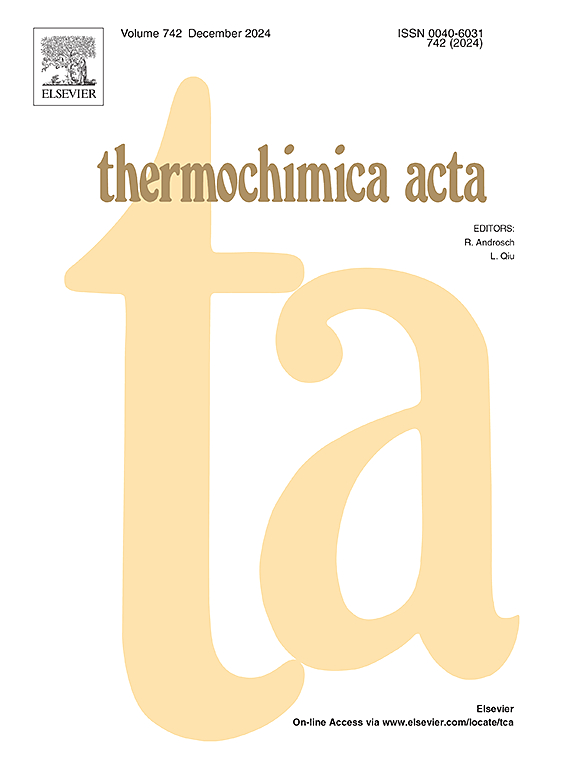浸水风干和预氧化作用下颗粒煤的氧化和放热特性
IF 3.1
2区 化学
Q2 CHEMISTRY, ANALYTICAL
引用次数: 0
摘要
采用程控升温气相色谱仪和C600型高精度微量热计,对煤在浸水风干和预氧化作用下的指标气体浓度、特征温度点和放热特性进行了分析。实验结果表明,随着水浸时间的延长,衍生气体浓度和放热量呈现先升高后降低的趋势,在水浸时间为90 d时达到峰值,水浸时间过长反而会抑制煤氧反应。预氧化温度(PT)与衍生瓦斯浓度和煤的放热量呈正相关。这些结果表明,高PT和长WIT下的破碎煤样具有更高的自热风险。本研究为复杂条件下煤自燃的防治提供了理论依据。本文章由计算机程序翻译,如有差异,请以英文原文为准。

Oxidation and exothermic characteristics of particulate coal under water-immersion air‒drying and pre-oxidation effects
Experiments were conducted using a programmed temperature-raising gas chromatograph and a C600 high-precision microcalorimeter to analyse the index gas concentration, characteristic temperature points, and exothermic characteristics of coal under the influence of water-immersion air-drying (WIAD) and pre-oxidation. The experimental results revealed that as the water immersion time (WIT) increased, the derived gas concentration and exothermic quantity initially increased and then decreased, peaking at a WIT of 90 days (d). Too long WIT will inhibit the coal-oxygen reaction instead. Additionally, the pre-oxidation temperature (PT) exhibited a positive correlation with both the derived gas concentration and the exothermic amount of coal. These findings suggest that crushed coal samples under high PT and long WIT have higher risk of self-heating. This study provides theoretical insights for the prevention of coal spontaneous combustion (CSC) under complex conditions.
求助全文
通过发布文献求助,成功后即可免费获取论文全文。
去求助
来源期刊

Thermochimica Acta
化学-分析化学
CiteScore
6.50
自引率
8.60%
发文量
210
审稿时长
40 days
期刊介绍:
Thermochimica Acta publishes original research contributions covering all aspects of thermoanalytical and calorimetric methods and their application to experimental chemistry, physics, biology and engineering. The journal aims to span the whole range from fundamental research to practical application.
The journal focuses on the research that advances physical and analytical science of thermal phenomena. Therefore, the manuscripts are expected to provide important insights into the thermal phenomena studied or to propose significant improvements of analytical or computational techniques employed in thermal studies. Manuscripts that report the results of routine thermal measurements are not suitable for publication in Thermochimica Acta.
The journal particularly welcomes papers from newly emerging areas as well as from the traditional strength areas:
- New and improved instrumentation and methods
- Thermal properties and behavior of materials
- Kinetics of thermally stimulated processes
 求助内容:
求助内容: 应助结果提醒方式:
应助结果提醒方式:


